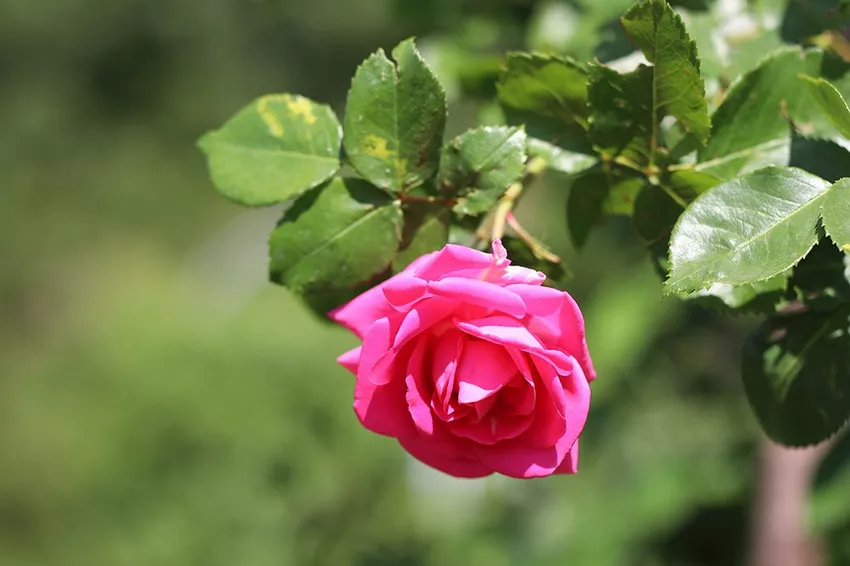
The flower is an essential component that ensures the reproduction of the corresponding plant. Seeds, which in turn contain the genetic material, develop through fruiting. The bud structure provides more information about this.
In a nutshell
- The classic flower structure corresponds to the plants from the class of flowering plants (Magnoliopsida)
- Flowers consist of a base, the perianth and the reproductive organs
- Male flowers form stamens, which are responsible for producing pollen
- Female flowers develop carpels from which fruits and seeds develop
- Bisexual flowers have stamens and carpels
Flower structure and graphics
The most commonly associated flower is formed only by the species within a specific group of plants: flowering plants. The flowering plants all form a so-called angiosperm flower with the same organs, as you can see in the graphic. The base of the flower is the base of the flower or the axis of the flower. It serves as the basis for the entire flower and extends directly from the stem. From the base of the flower, you can see the perianth, the part of the flower that encloses all the other organs. It can have different forms:
 classic flower structure
classic flower structure
- Double perianth: bracts not uniform
- Perigon: uniform bracts
You can see the different perianths on the leaves. A tepalum has the following properties:
- same shape
- same colour
- same size
A good example of this is the lily family (Liliaceae) and tulips (Tulipa). A perianth, on the other hand, consists of two different types of leaves that define the structure of the flowers:
- sepals (sepal)
- Petalum
The structure is clearly recognizable on the basis of the rose family (Rosaceae). The sepals sit further out on the flower axis and are usually greenish in color and smaller than the petals. Petals can be seen in numerous colors and shapes. The perianth encloses the organs for reproduction.
Notice: The sepals protect the flowers when they are still in the bud stage.

sex organs
Another aspect of the structure are the gender-specific organs. Plants have to form female, male or hermaphrodite flowers in order to be able to be fertilized at all and thereby reproduce. Two different spore leaves exist for this purpose, each determining a different flower sex:
- carpels: female
- stamens: male
Stamens sit directly behind the perianth and are not reminiscent of a typical leaf in shape. They resemble a long thread (filament) with a thickening at the end (anther). The filament carries the anther, in which the pollen is formed. Carpels, on the other hand, sit right in the middle of the flowers and, after picking up the seed from the pollen, begin to form seeds, creating the ovary (ovary). The fruit develops from the ovary together with the other leaves and flower organs. Despite the sex differences, hermaphrodite flowers with both sex organs are most commonly found.
Notice: The number and arrangement of the carpels affects the final shape of the fruit. For example, two to four carpels are a capsule fruit, while a single one is either a follicle or a legume.
 Morning Jewel
Morning Jewel
frequently asked Questions
Are there plants with a different flower structure?Yes, there are various groups of plants that do not form a "typical" flower. These include mainly the conifers (Coniferales), whose flowers resemble the trained cones. Despite the different appearance, they have the same function.
What are nectaries?Some flowers produce nectar in addition to pollen or concentrate solely on the production of liquid. This is formed in glands called nectaries. Nectaries can be found on, and even grow outside of, a wide variety of flower components.
Why are double flowers problematic?In order for insects such as bees, butterflies and flies to get to the pollen, flowers must be unfilled. Double flowers have stamens or carpels that have been transformed into petals and for this reason can no longer form pollen. This drastically reduces the available food supply.